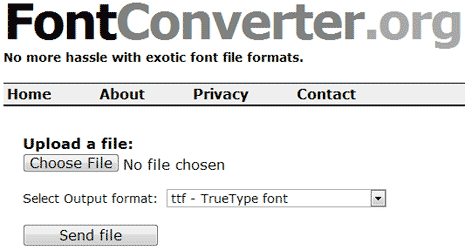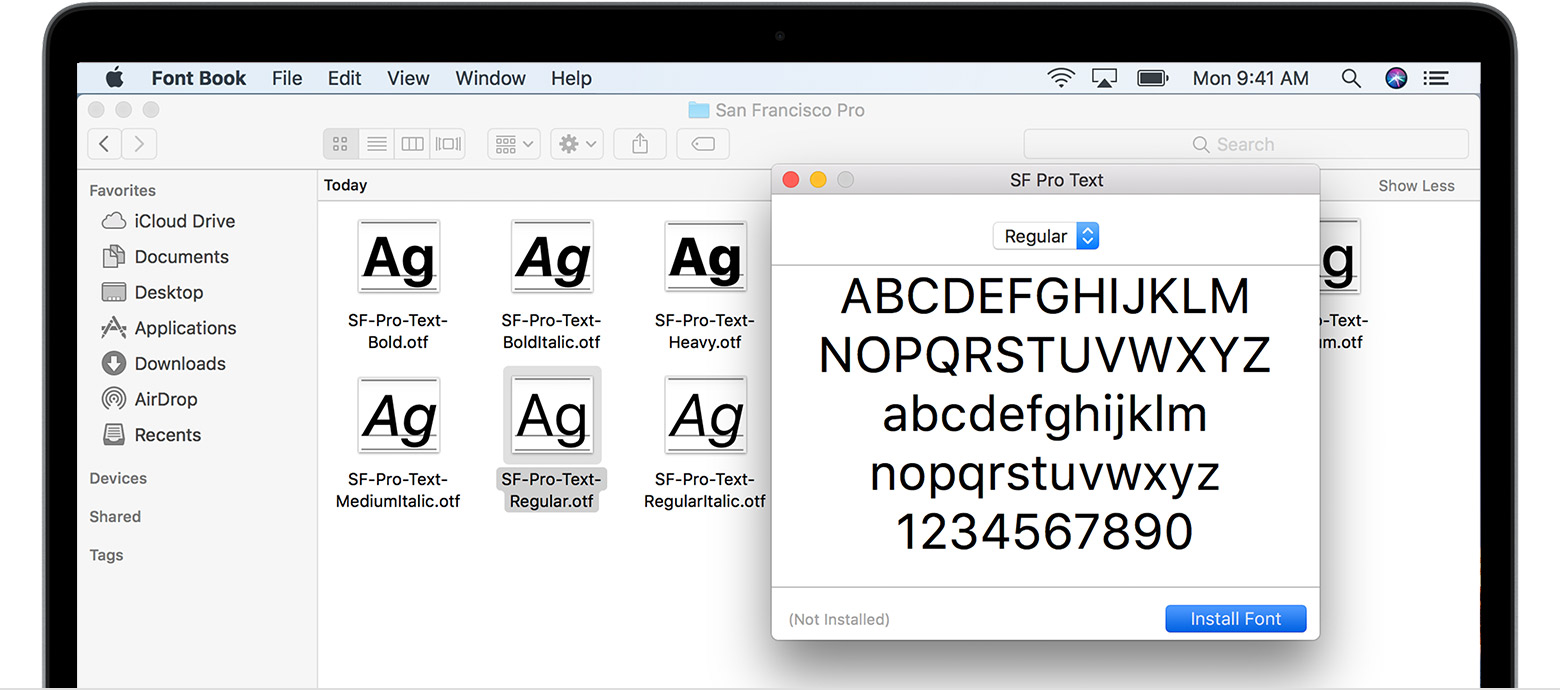

In short, PostScript does not travel well in the modern, worldwide market. While this low character count might be adequate for western languages, Asian languages can require thousands of characters. Type 1 fonts limit active characters per font to 256, and many of these slots are occupied by characters that are non-typographical, such as delete and backspace. But leaving an old friend does not have to be all doom and gloom modern font formats offer significant advantages.

Moving on from Type 1 can be troubling for graphics and prepress professionals who still depend on legacy fonts for old projects, or who have decades-old PostScript font collections. Modern Fonts Offer Significant Advantages Similarly, Type 1 fonts play no role in the ever-expanding world of mobile apps since neither iOS nor Android support the old format. Throughout the software world, many other applications have been quietly dropping their support for Type 1 fonts. And Adobe, the inventor of PostScript, has announced that it will no longer support Type 1 fonts starting with Photoshop in Creative Cloud 2021, and other Adobe applications will follow. NET applications doesn’t support Type 1 either. And its Windows Presentation Foundation application framework for building. Microsoft stopped supporting Type 1 fonts in Office 2013 for Windows and Office 2016 for Mac. Despite all these large-scale moves by industry giants, the ultimate fate of PostScript Type 1 was being determined by new versions of application software and frameworks.


 0 kommentar(er)
0 kommentar(er)
